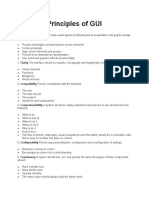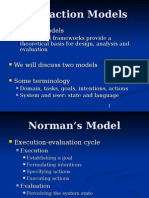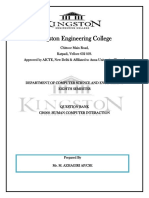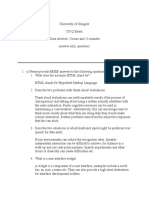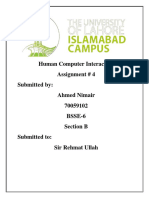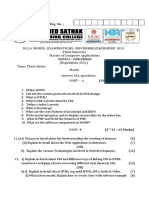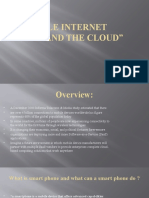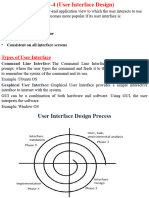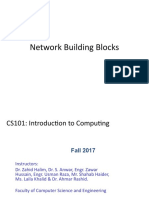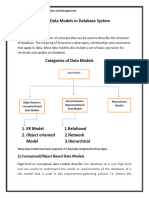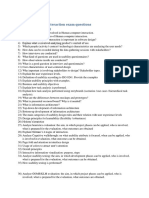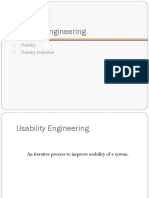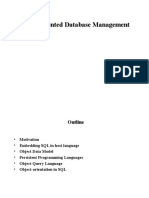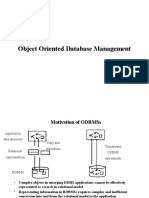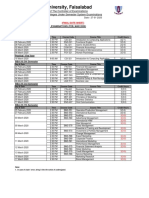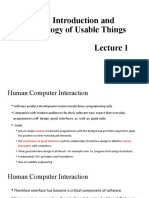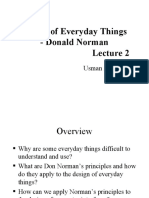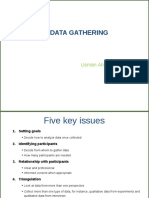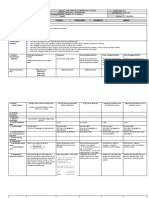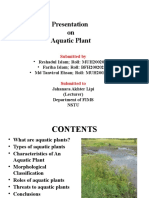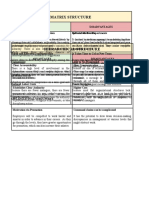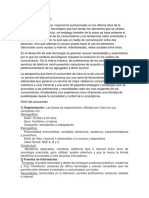0% found this document useful (0 votes)
499 views24 pagesUsability Engineering : Metrics and Measures For Evaluations
The document discusses usability engineering and evaluation methods. It defines usability based on ISO standards as the effectiveness, efficiency and satisfaction with which users can achieve goals. It describes the usability attributes of effectiveness, efficiency, learnability, memorability, errors and satisfaction. Various usability evaluation methods are discussed including exploratory, predictive, formative and summative evaluations which can involve users or experts. The usability engineering lifecycle involves understanding users, benchmarking, iterative design, prototyping, and formative/summative evaluations.
Uploaded by
black smithCopyright
© © All Rights Reserved
We take content rights seriously. If you suspect this is your content, claim it here.
Available Formats
Download as PDF, TXT or read online on Scribd
0% found this document useful (0 votes)
499 views24 pagesUsability Engineering : Metrics and Measures For Evaluations
The document discusses usability engineering and evaluation methods. It defines usability based on ISO standards as the effectiveness, efficiency and satisfaction with which users can achieve goals. It describes the usability attributes of effectiveness, efficiency, learnability, memorability, errors and satisfaction. Various usability evaluation methods are discussed including exploratory, predictive, formative and summative evaluations which can involve users or experts. The usability engineering lifecycle involves understanding users, benchmarking, iterative design, prototyping, and formative/summative evaluations.
Uploaded by
black smithCopyright
© © All Rights Reserved
We take content rights seriously. If you suspect this is your content, claim it here.
Available Formats
Download as PDF, TXT or read online on Scribd
/ 24

